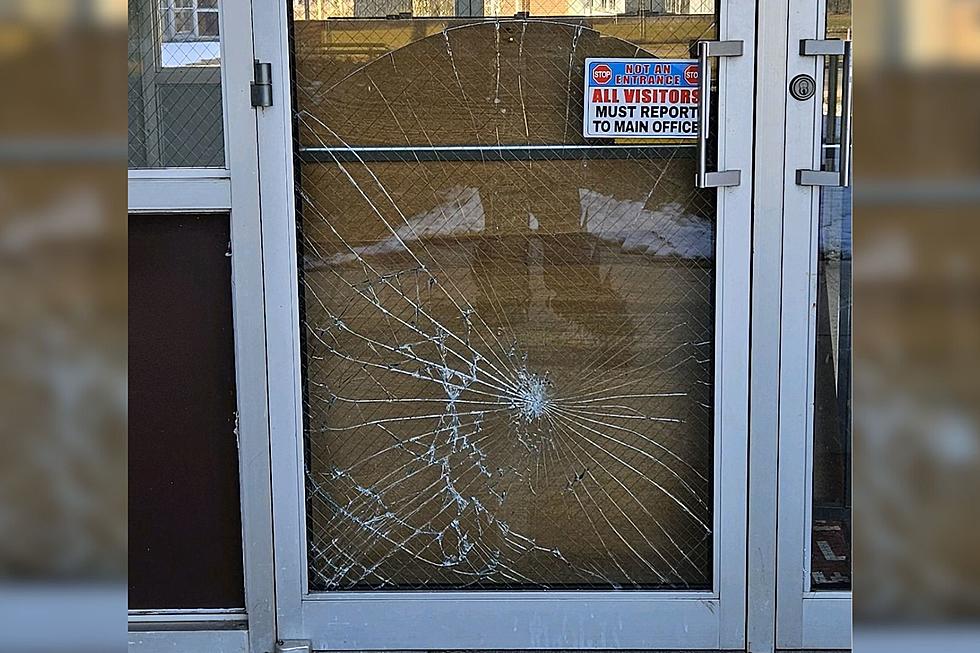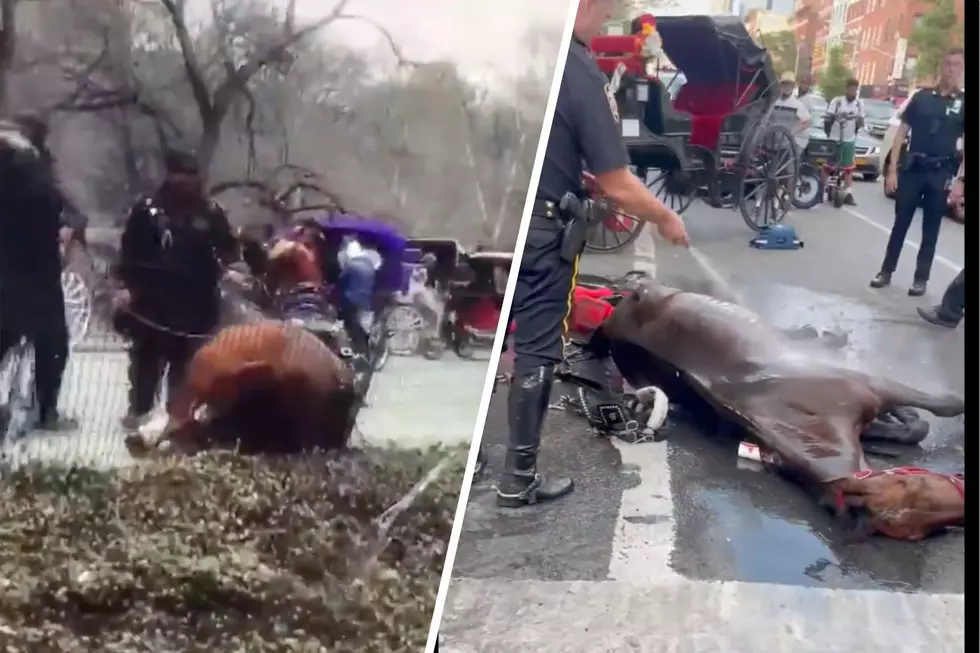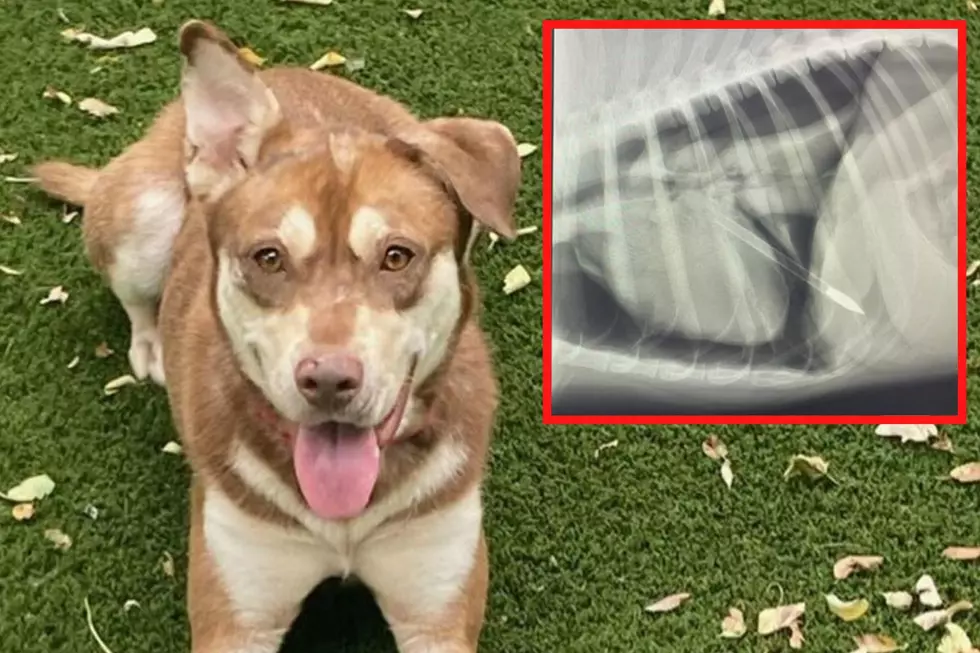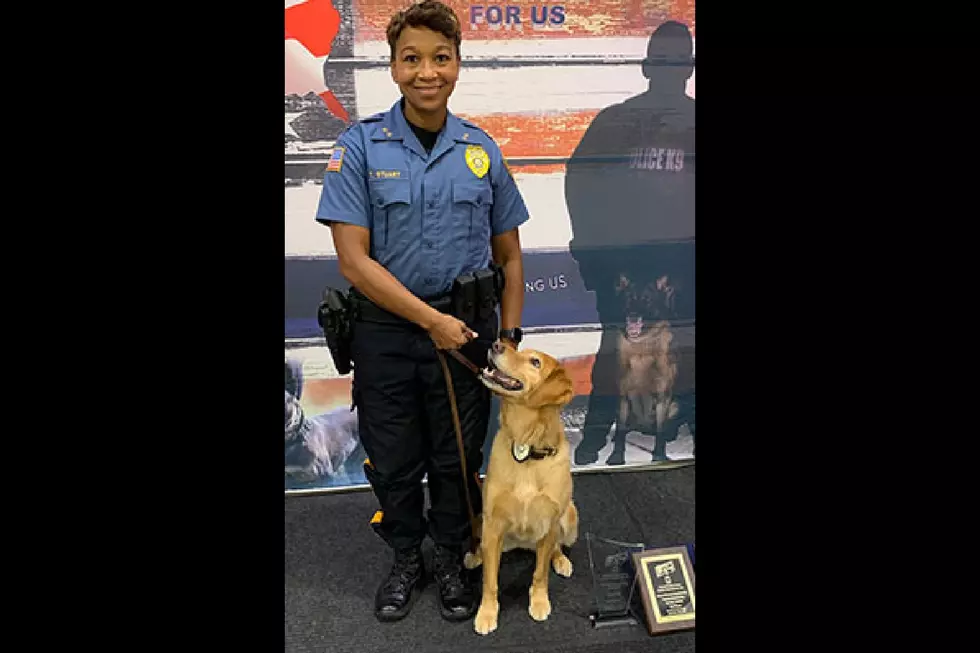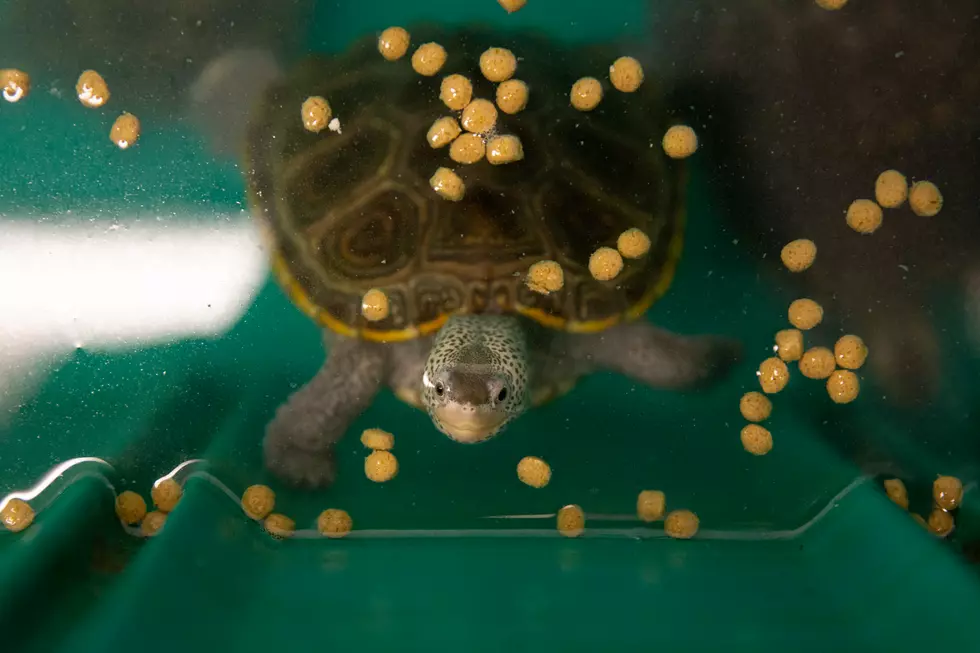
Last of the NJ diamondback terrapins have been released for the year
Stockton University's terrapin conservation project has just held the final release of diamondback terrapins for the year in Atlantic County.
The release included 16 terrapins that were either rehabilitated rescues or hatched from eggs taken by injured or dead terrapins.
John Rokita, assistant supervisor of Animal Labs at Stockton University, said this was the last release because the weather is starting to get cooler. Water temperatures are still in the 60s and 70s, so there's still plenty of time for the terrapins to get acclimated to the local environment, secure a spot in the habitat and then get ready for hibernation once the water cools down.
Stockton looks to get the offspring that they raise back into the counties that their mothers came from, Rokita said. For example, if the mother was hit by a car on Route 130 in Atlantic County, the conservationists aim for a release in that area.
During the course of 2020, the majority of terrapins were released in Cape May County because that's where the bulk of females were picked up — either injured or dead. The project has released 320 terrapins this year.
Every spring and summer — prime tourist season at the Jersey Shore — the female terrapins come to nest above the high tide line, trying to find good spots to lay their eggs. Unfortunately, many are hit and killed by cars while crossing the roads. The Stockton conservationists try to rescue as many eggs from the roadway as possible, then incubate them either at Stockton or at Wetlands Institute in Stone Harbor.
Rokita said they incubate the eggs at about 30 degrees Celsius, maybe a couple of degrees higher because that temperature produce females terrapins. The idea is to replace at least a portion of the females killed annually on the roadways. Rokita said if they incubate at 26 degrees Celsius, the eggs will produce all male terrapins.
The biggest danger to nesting females are cars because these are the terrapins that have a reason to come above the high tide line to find the perfect place to lay their eggs.
While conservationists at Stockton are doing their part to help save the diamondback terrapin population, the public can help, too. Rokita said crabbers can use terrapin excluders, which are rectangular devices that can be placed at the mouth of each crab trap entrance. That will keep the very large terrapins from going in and drowning.
People also can help rescue female terrapins. If you see one trying to cross the road, especially in the spring and summer months in Atlantic and Cape May counties, wait until it is safe, then carefully pick up the terrapin from the back end of shell and place it in the direction it was going, not the direction it came from.
If you turn the female around, Rokita said, it'll just turn around again toward harm's way.
More from New Jersey 101.5:
READ MORE: American Dream reopens, most retail closed
More From New Jersey 101.5 FM
